






(via 1964 Porsche 904 GTS - SILODROME)
from Tumblr https://somar78.tumblr.com/post/671381187892264960
The Gordon-Keeble was the fastest four-seat car in Britain when it was released in 1964, with a top speed of 160 mph and a 0 – 60 mph time of just 6 seconds.
The car wasn’t just a straight-line performer either, thanks to its tubular steel space frame chassis, race-bred suspension, and lightweight fiberglass body it cornered as well or better than many of the high-end sports cars of its day.
There has been more than one automaker named Peerless, however the British Peerless was founded in 1957 by John Gordon and James Byrnes.
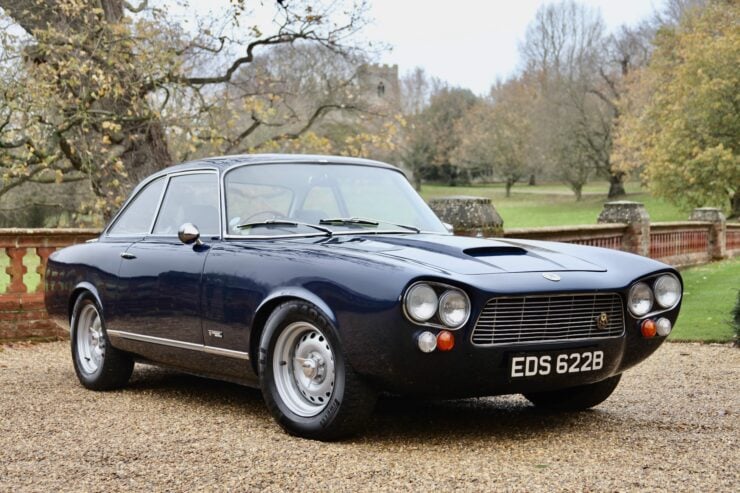
The Gordon-Keeble has classic Giugiaro styling cues, he penned it relatively early in his career and you can see some styling cues used on some his later designs.
The British Peerless would be short-lived, they released a single car named the Peerless GT which had been designed by Bernie Rodger, the company ceased trading in 1960 after 325 examples had been built.
The Peerless GT had shown much promise, it was a handsome four-seat coupe with solid sporting credentials – it even took a class win at the 1958 24 Hours of Le Mans. Peerless co-founder John Gordon partnered with engineer and racing driver Jim Keeble in 1959 at the behest of USAF pilot Rick Nielsen, who wanted a Chevrolet Corvette V8 swapped into a Peerless GT.
Once this car was built it was a revelation, vastly more powerful than the original car which had used the 2.0 liter inline-four cylinder engine from the Triumph TR3.
It was this Corvette-powered Peerless GT that set the wheels in motion for a new, small-scale automaker named after its two founders – Gordon and Keeble.
Though some structural design elements and concepts from the earlier Peerless GT made it into the Gordon-Keeble production car, it was a mostly new design with a stronger spaceframe chassis, uprated suspension and brakes, and of course, that much more powerful Corvette V8 under the hood.
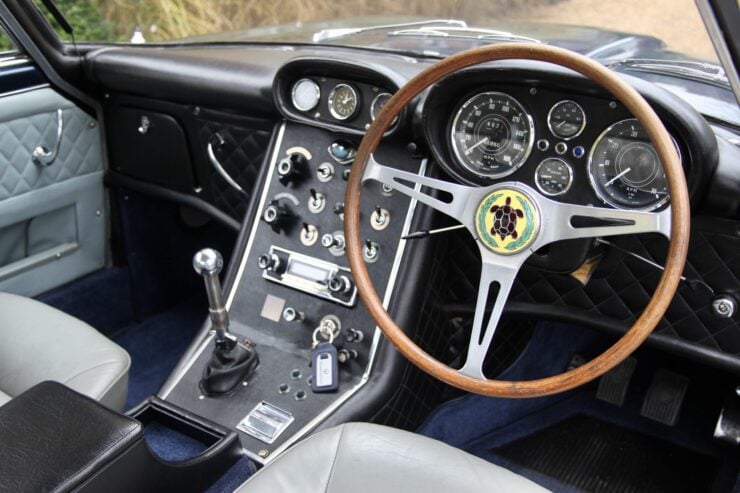
The interior is beautifully appointed, the car is a sporting grand tourer and it has all the switch gear and gauges you’d hope for.
Company founders John Gordon and Jim Keeble didn’t cut any corners with the development of the car, they paid a not-insignificant sum to have it designed in Italy by an up and coming automobile stylist named Giorgetto Giugiaro. A man now widely regarded as the greatest automobile designer of the 20th century.
Giugiaro was working at Bertone at this time, so Gordon and Keeble shipped their chassis off to Italy to have the newly designed steel body fitted ready for its debut at the 1960 Geneva Motor Show on the official Bertone display stand.
With its sleek lines, unusual slanted quad headlights, spacious interior, and prodigious power output, the Gordon-Keeble attracted plenty of attention in Geneva. This steel-bodied prototype was then shipped off to the United States to be shown to executives at Chevrolet, who gave it the green light to receive Corvette V8s.
Once the prototype had been built and given approval by Chevrolet to receive engines the company still hadn’t created a logo. This was a problem that solved itself when a pet tortoise from a neighboring industrial unit escaped and paid an impromptu visit to the Gordon-Keeble facility one day.
This tortoise was picked up and placed on the hood of the car at which point it understandably wet itself. The British sense of humor being what it is, the company logo immediately became a tortoise standing in a puddle of yellow urine.
Production was delayed due to a shortage of critical parts from suppliers. When it did enter production in 1964 some modifications had been made, the body was now made from fiberglass as it was both much less expensive to build and significantly lighter.
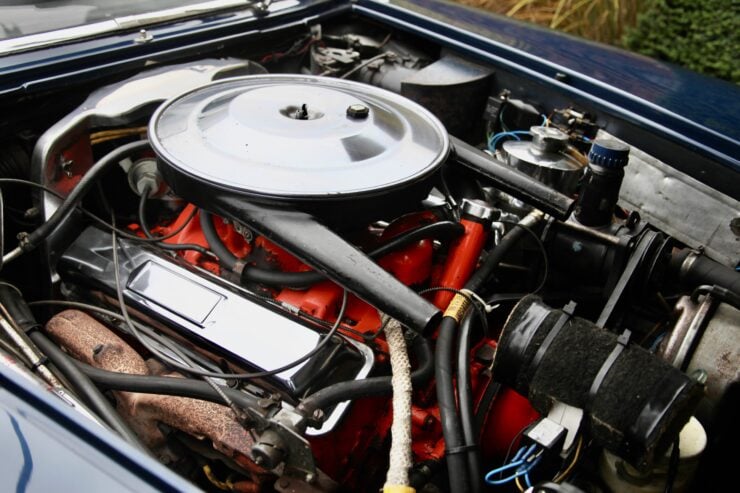
The 5.4 liter Corvette V8 produces 300 bhp, enough to make the Gordon-Keeble the fastest four-seat production car in Britain at the time of its release.
The original 4.6 liter Corvette V8 had been upgraded to the 5.4 liter version with 300 bhp, giving the car a top speed of 160 mph and a 0 – 60 mph time of just 6.0 seconds – stats that are fast even by today’s standards.
As with many small-scale automakers, Gordon-Keeble would survive just a few short years from 1964 until 1967. There were attempts made to resurrect the car later in the 1960s, but just a handful of additional cars were made.
Today the surviving examples of the Gordon-Keeble are prized by their owners and sought after by collectors. The cars have never become well-known in the mainstream classic car world, but their owners tend to like the obscurity of the cars, and the fact that they’re still affordable compared with their peers from the era.
The Gordon-Keeble you see here is a 1964 model from the first year of production, it’s chassis number 28 of the 100 that were made.
This car is currently being auctioned live online by Car and Classic in the UK, if you’d like to read more about it or register to bid you can click here to visit the listing.
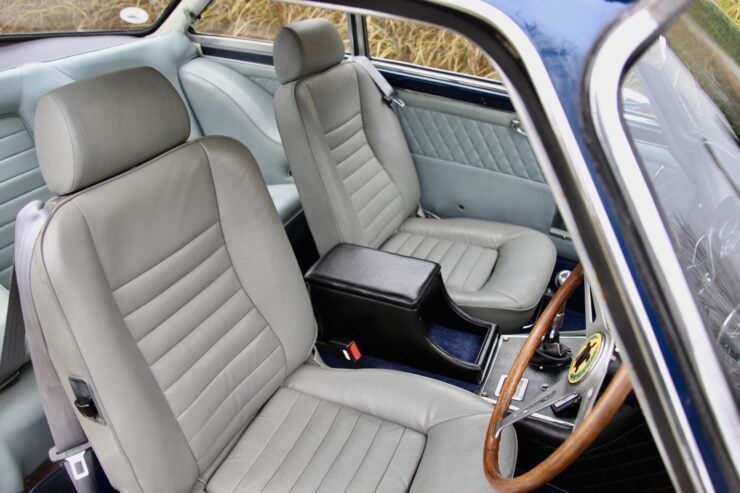
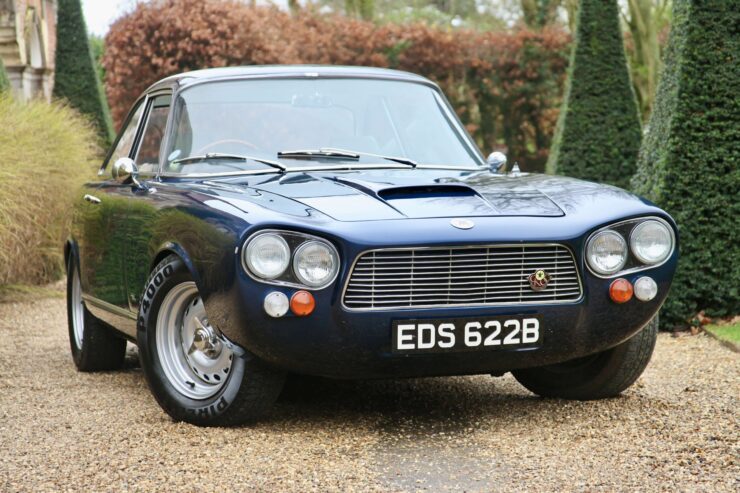
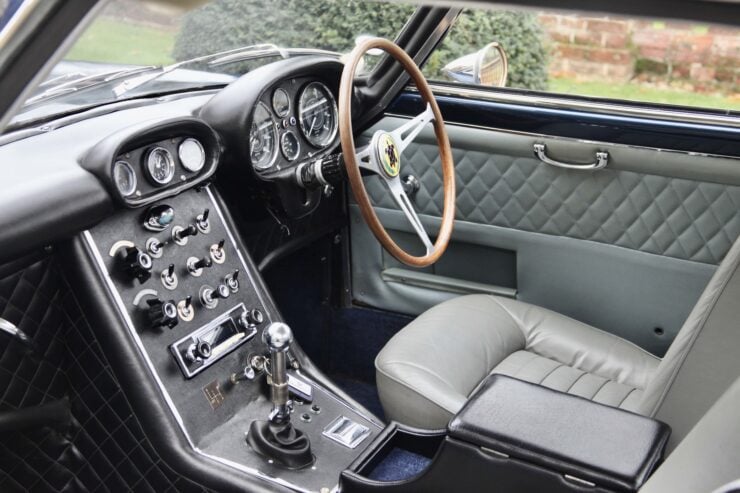
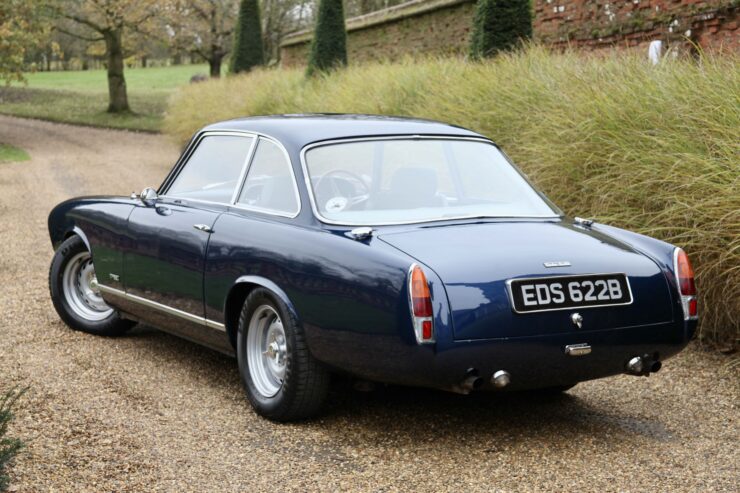
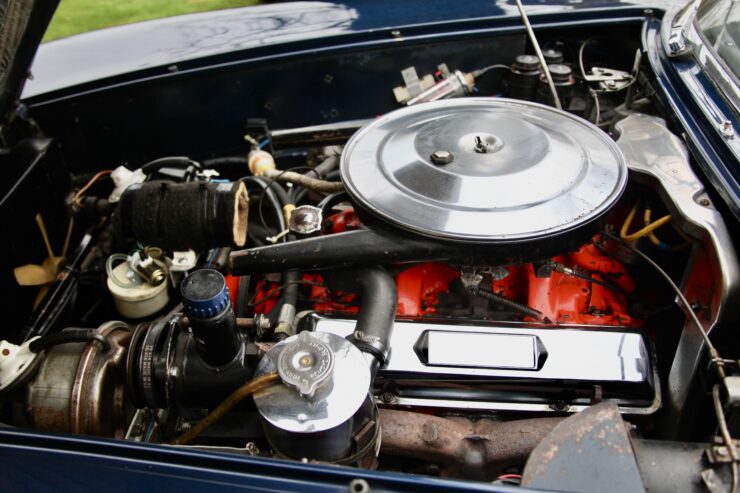
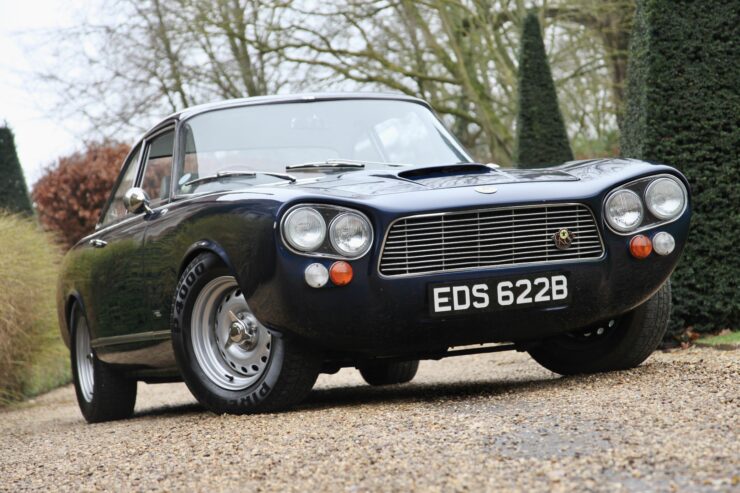
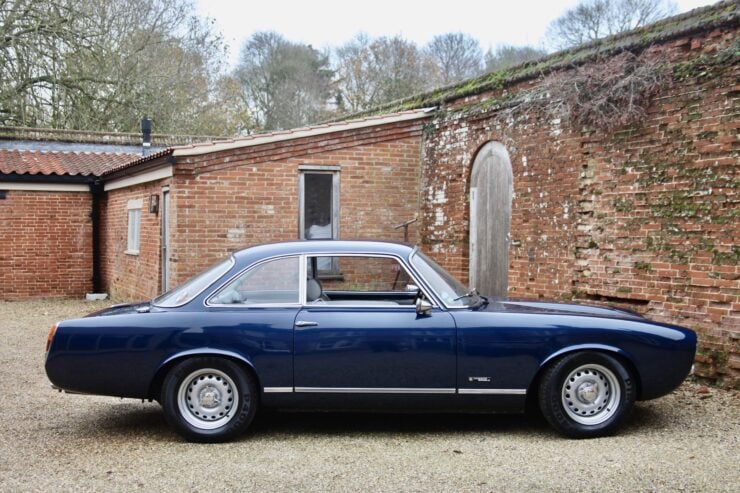
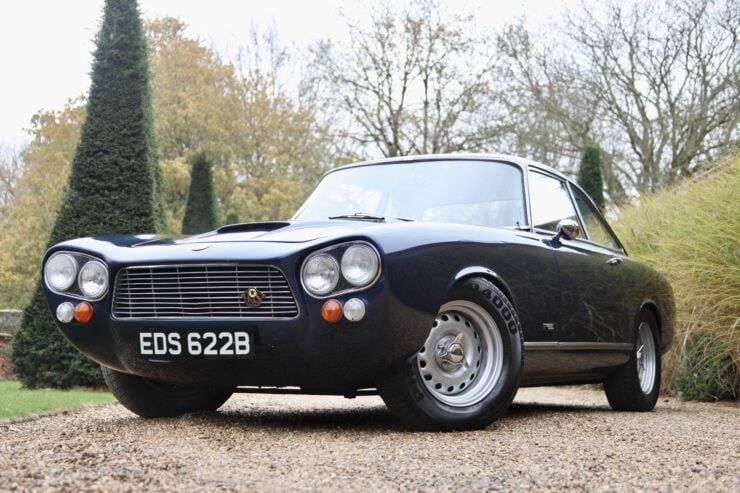
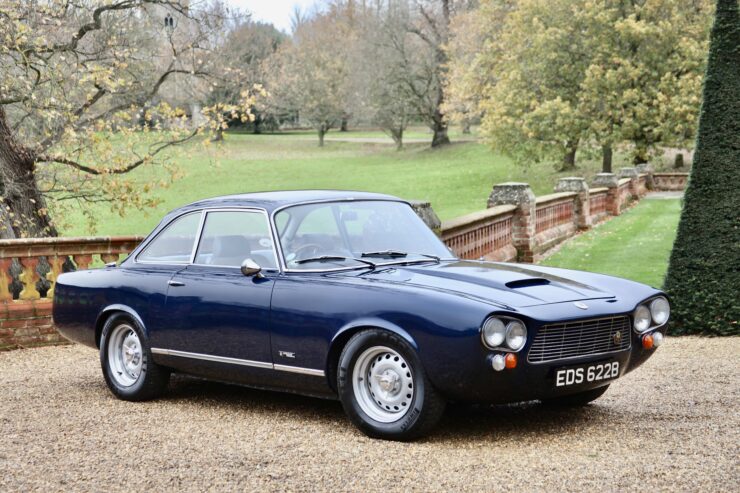
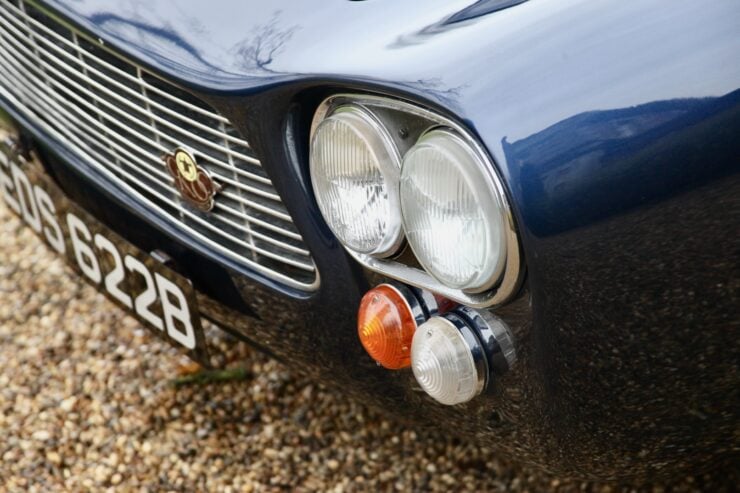
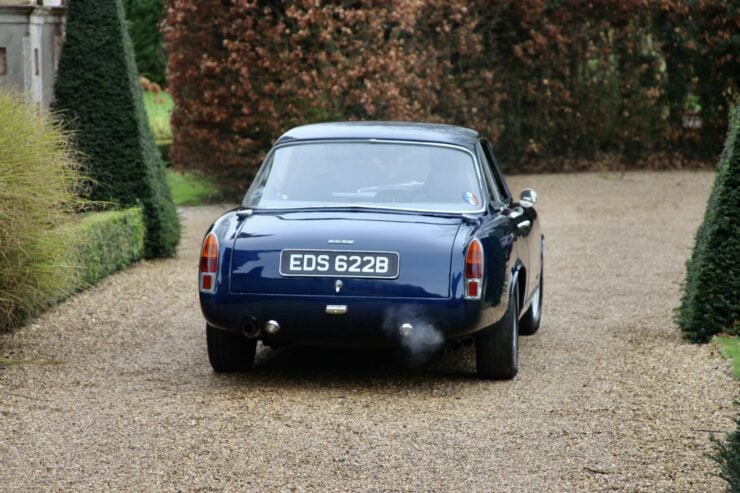
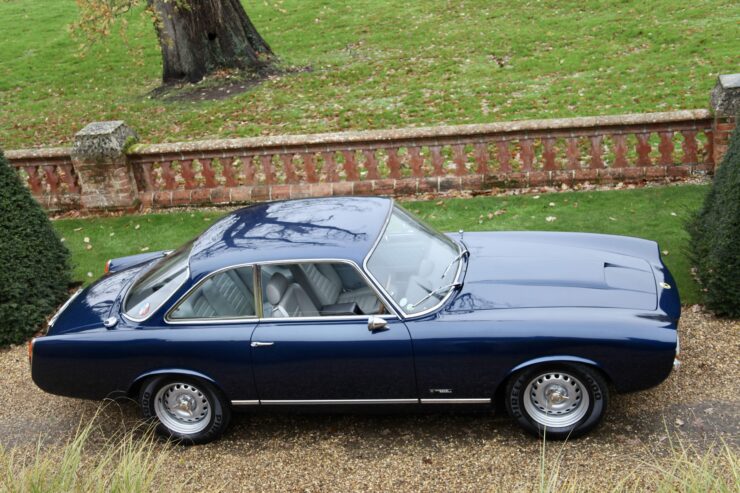
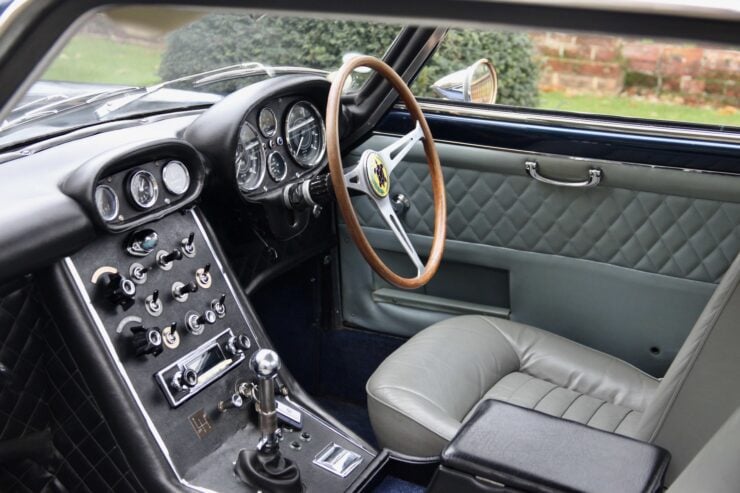
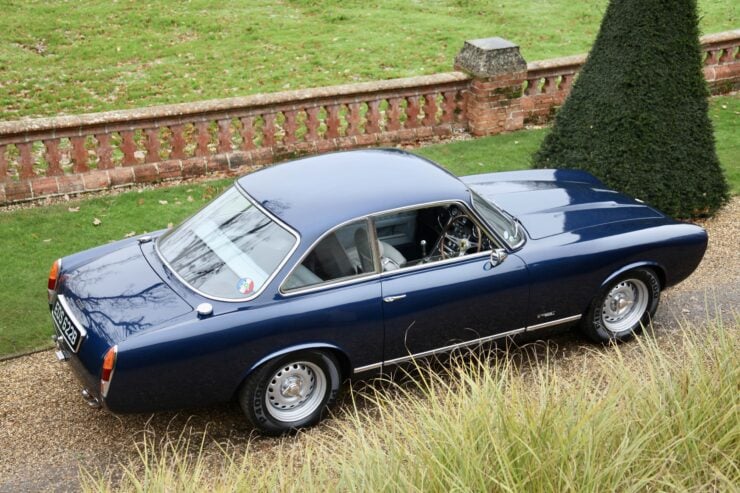
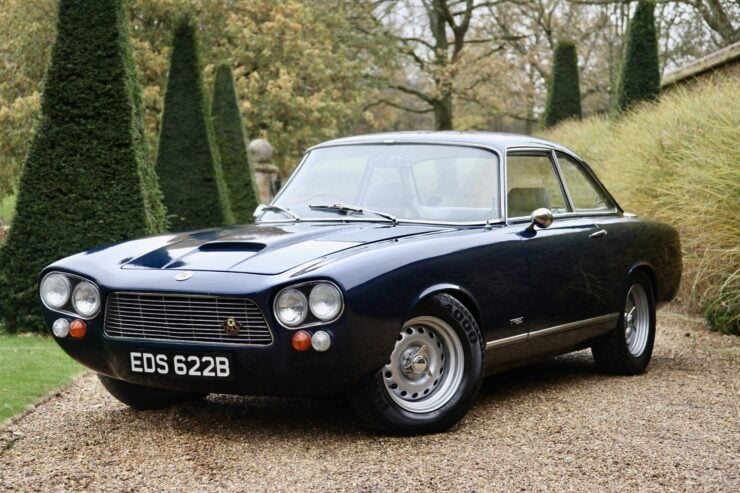
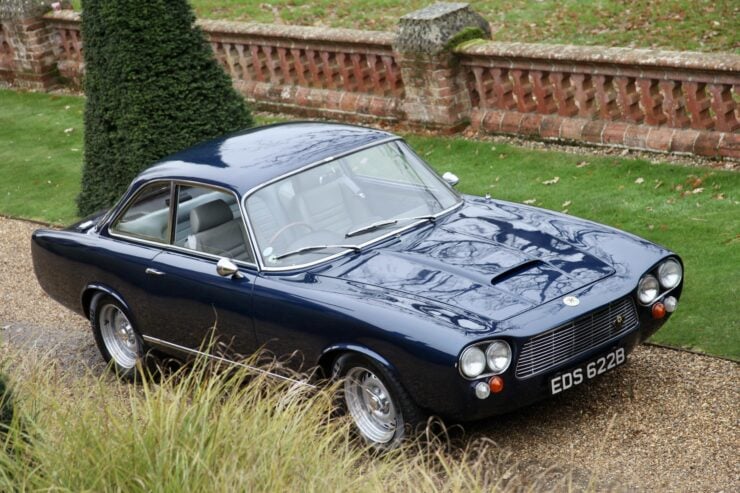
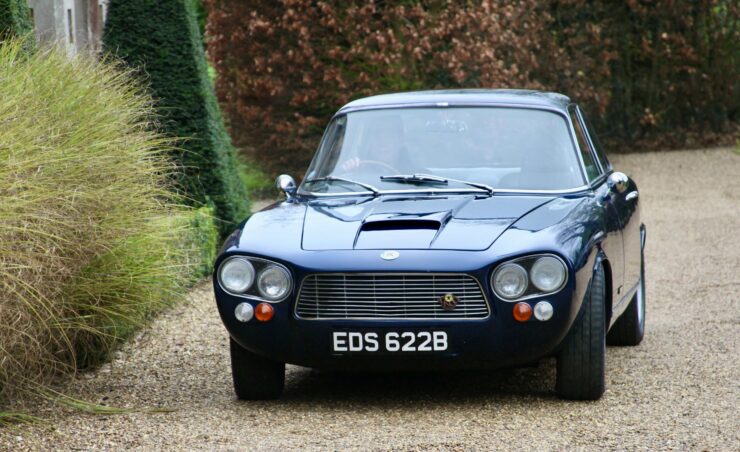
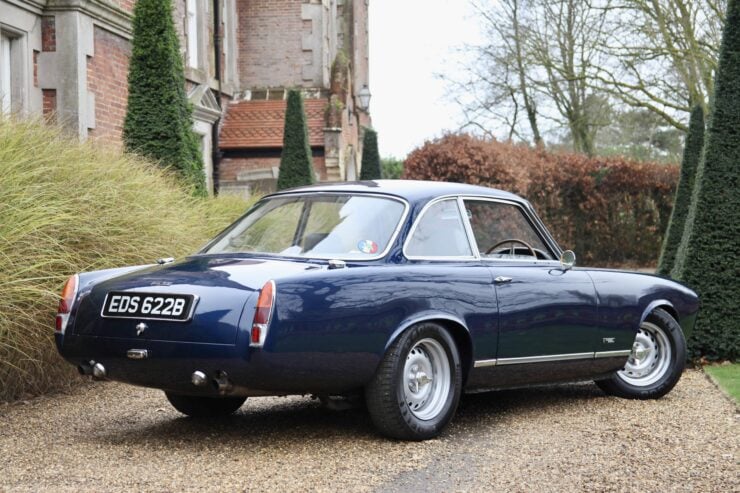
Images courtesy of Car and Classic
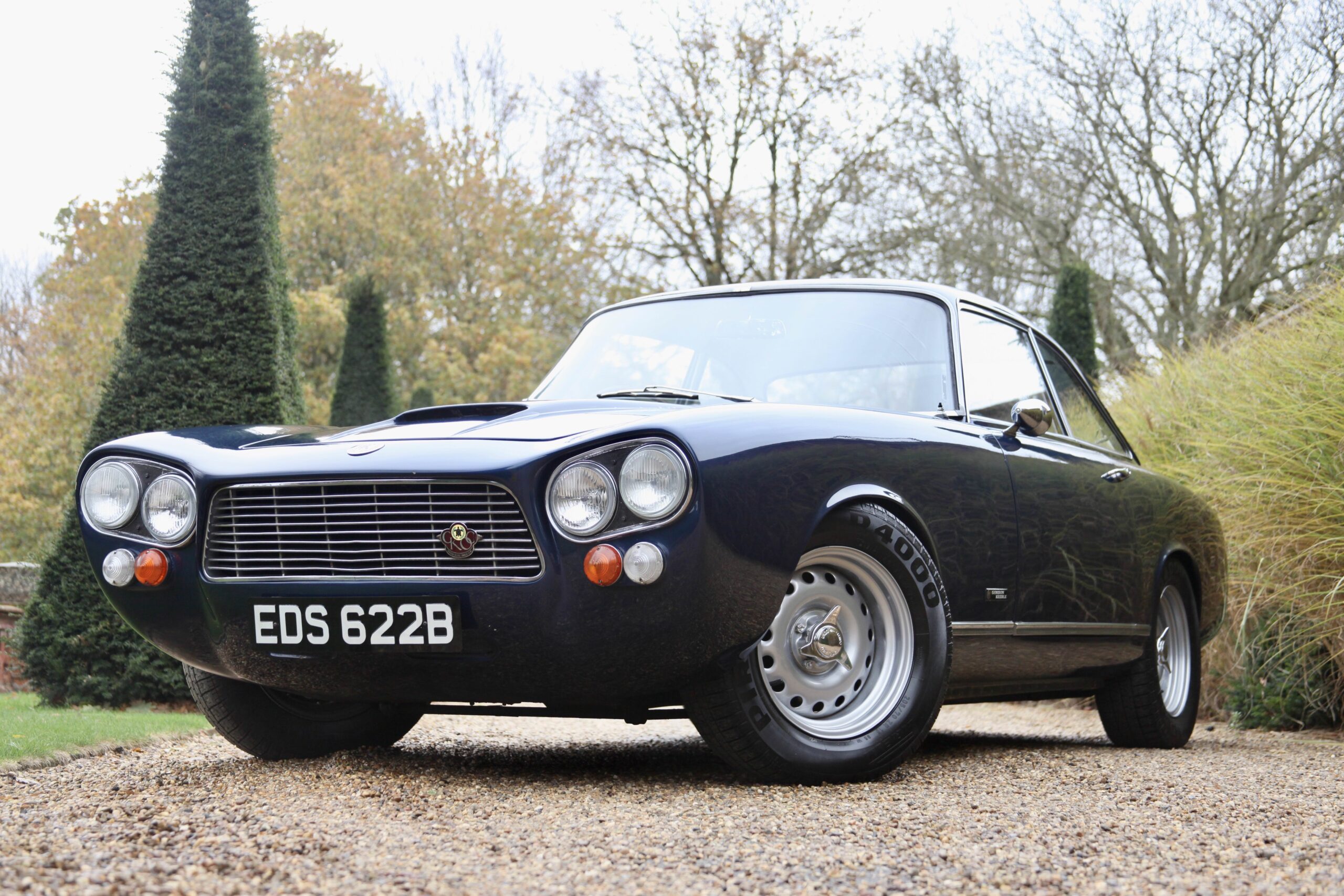
The post 1 Of 100 Ever Made: The Rare Gordon-Keeble – A Corvette-Powered British GT Car appeared first on Silodrome.
This Batmobile has a functional propane fired “turbine” jet exhaust flame just like the original driven by Adam West back in 1966 during the original Batman television series.
Of all the Batmobiles we’ve seen come up for sale in recent memory, this one is the closest to the first screen-used Batmobile that was famously built by George Barris and his crew in just three weeks before filming began.
Two television producers, William Dozier and Charles FitzSimons, approached George Barris in 1965 to build them a custom car for a new TV series based on the old Batman comic books.
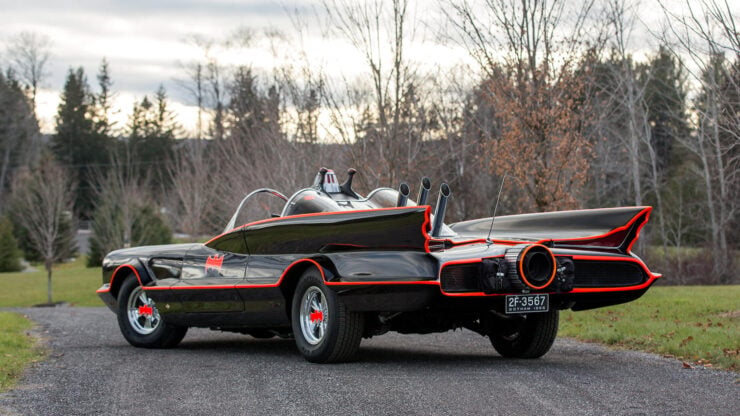
This Batmobile has a fully-functional propane flame thrower that exists out of the jet turbine exhaust in the rear.
None of these men could have guessed it at the time but they were laying the foundations for what would become one of the most famous cars in the world.
The big caveat was that Barris and his team would have just three weeks to build it. This was because Dean Jeffries who had first been approached to build it, turned the job down.
George Barris knew it would be impossible to create a blank slate car in the given time frame, but he had an ace up his sleeve – he had bought the 1955 Lincoln Futura concept car from Ford for $1.00 and had it parked out behind his shop.
This concept car would form the basis of the 1966 Batmobile, an enormous amount of work still went into the project customizing the body, building the bespoke interior, and developing all the Bat-gadgets, but underneath it all is the ’55 Futura designed by William M. Schmidt.
The Batmobile would be used in all three seasons of the original Batman TV show and it’s made countless appearances at shows and special events since. Every generation gets their own Batmobile, whether yours in the 1966 Batmobile, or the Tim Burton Batmobile from 1989, the Batmobile “Tumbler” from 2005, or the Batmobile from 2016’s Batman v Superman.
That said, the first on-screen Batmobile from 1966 will always (arguably) be the most important.
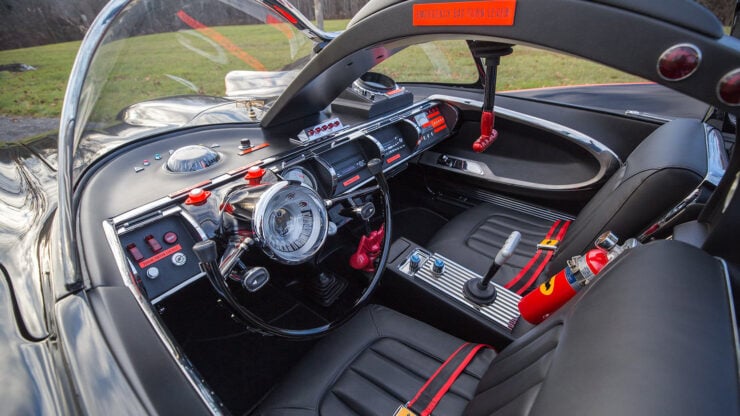
The interior is beautifully detailed, looking just like the original right down to the Batphone and the Detect-A-Scope.
With an estimated value of between $300,000 – $350,000 USD, the Batmobile replica you see here is a long way from the questionable body-swapped C3 Corvette based replicas that come up for sale from time to time.
This car was painstakingly built on a 1977 Lincoln chassis, it has a full steel tube support structure for the body which is hand-laid vinylester and epoxy resin fiberglass which was fused onto a steel tube structure for additional strength.
Power is provided by a 460 cubic inch (7.5 liter) V8 with a four-barrel carburetor sending power back through an automatic transmission. The real pièce de résistance of this Batmobile is its astonishing attention to detail which culminates in the above mentioned flame-throwing propane powered exhaust turbine.
Inside the cabin you’ll find autographs from both Adam West (Batman) and Burt Ward (Robin), as well as a Detect-A-Scope, atomic power indicator, rocket launch controls, Batphone, automated roll top dash doors, the emergency “Bat Turn Lever”, and that famous semi-circular steering wheel.
Amazingly since it was built this Batmobile hasn’t been driven or shown in public, it’s due to cross the auction block with Mecum in January and you can click here if you’d like to read the listing or register to bid.
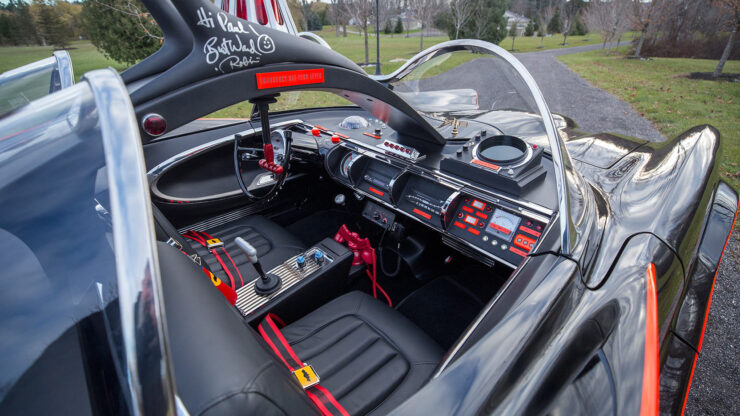
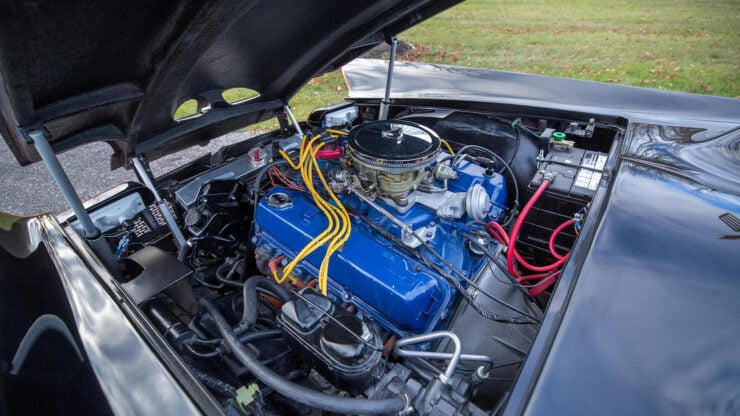
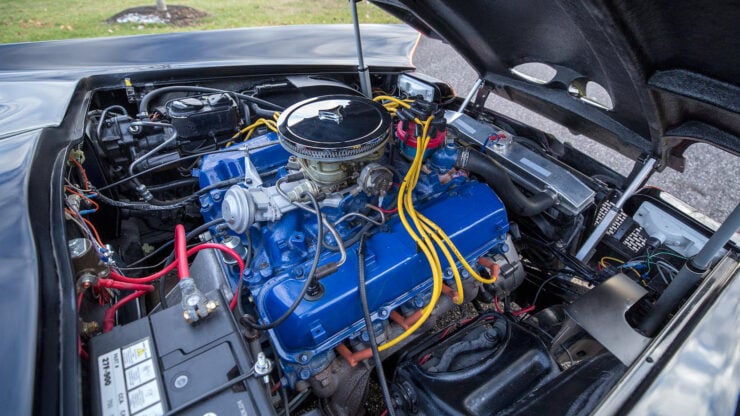
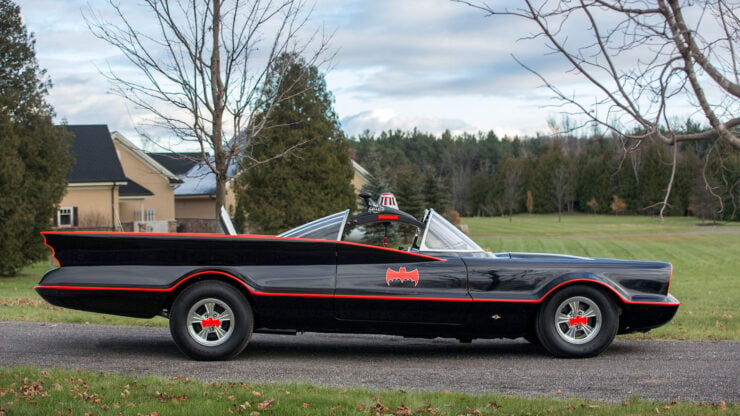
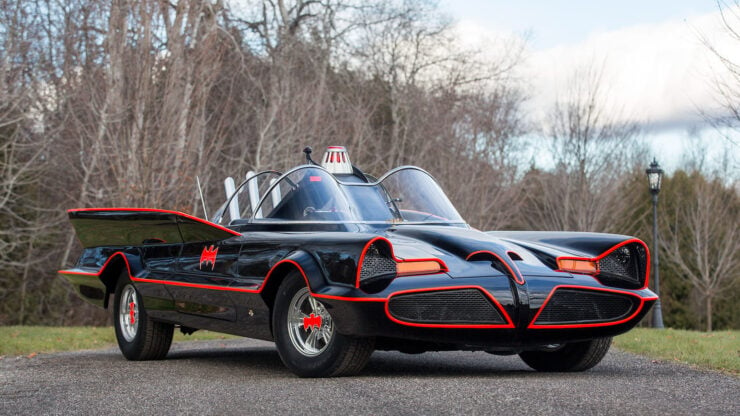
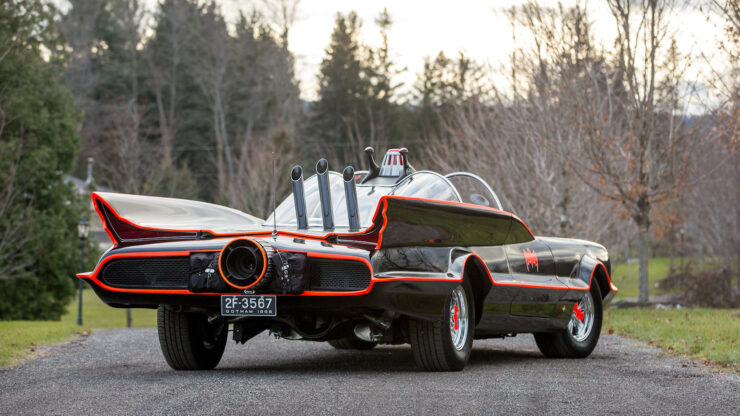
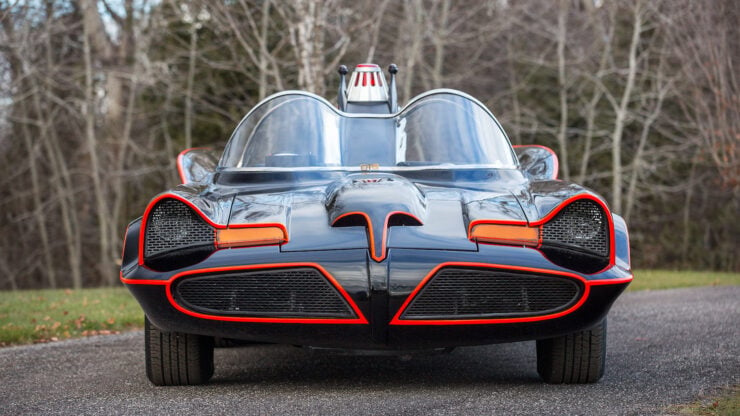
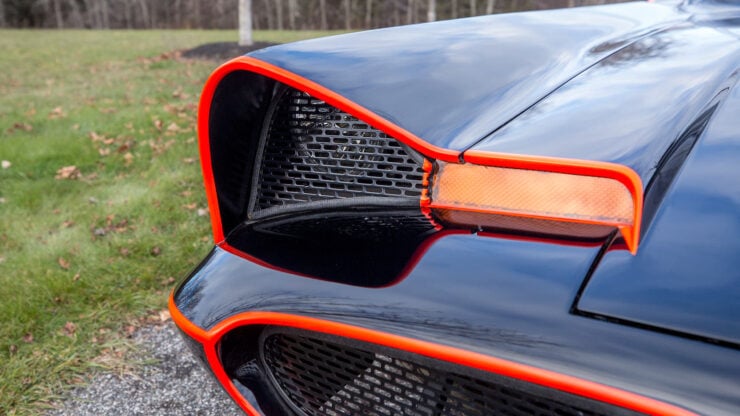
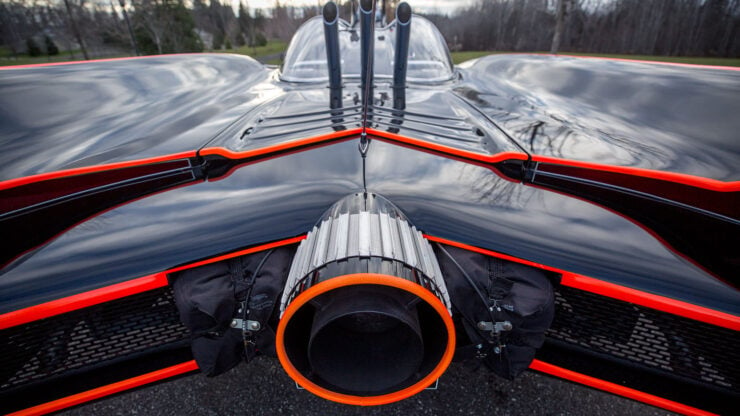
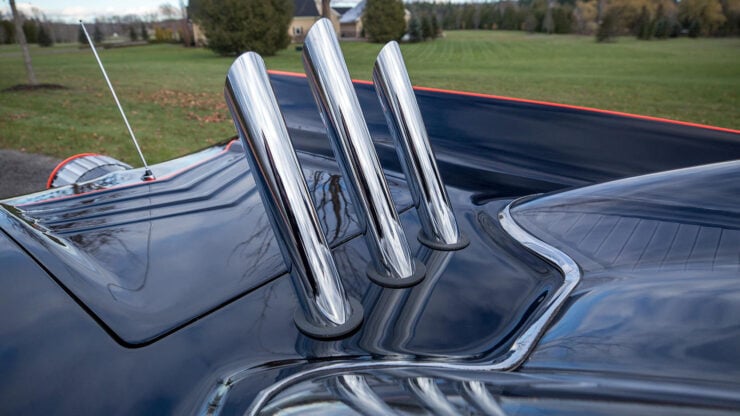
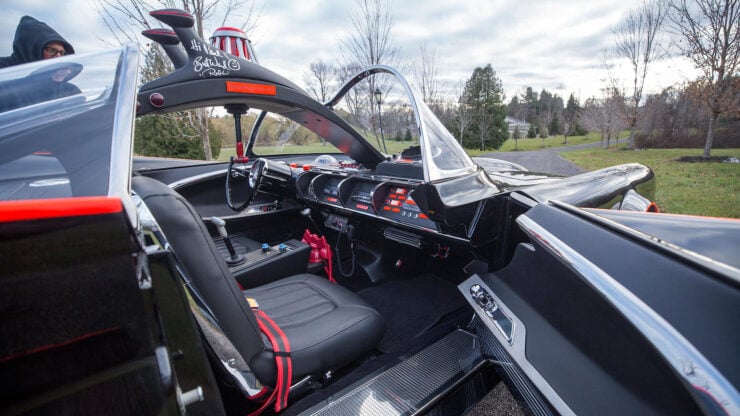
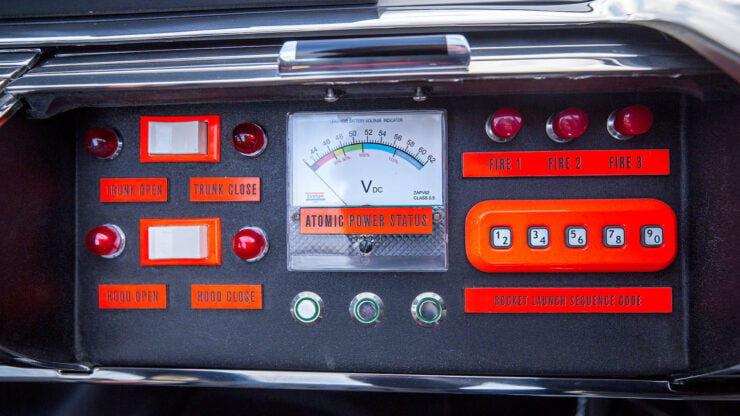
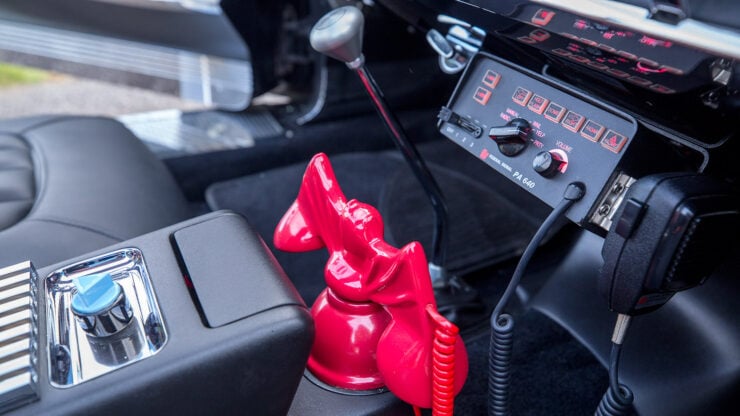
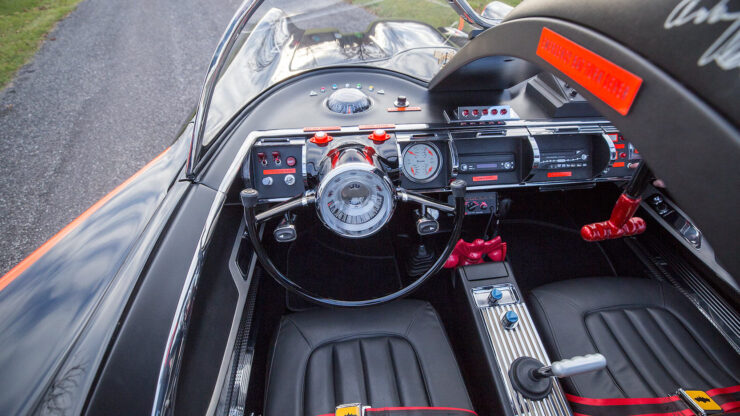
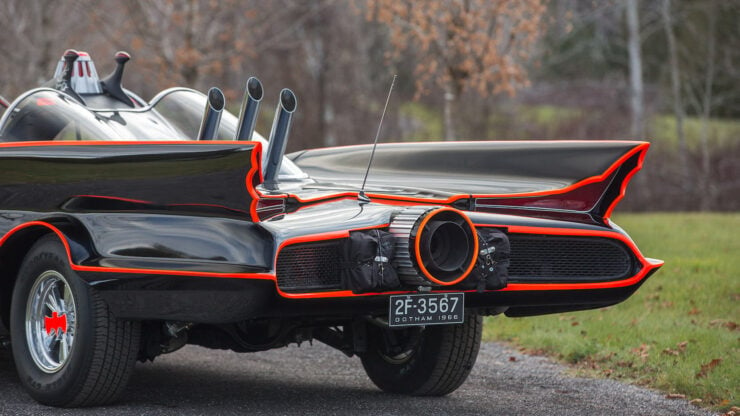
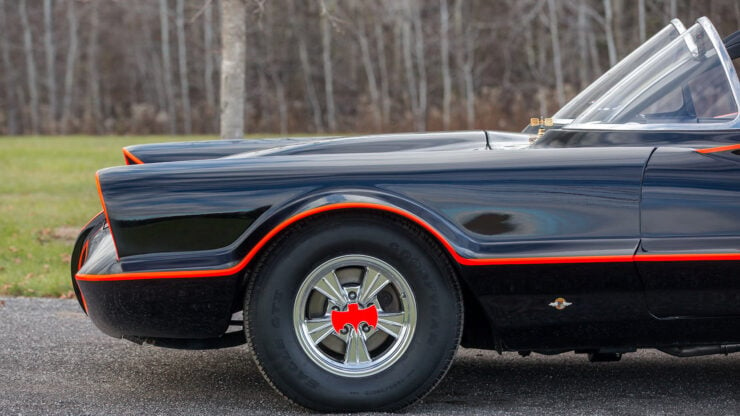
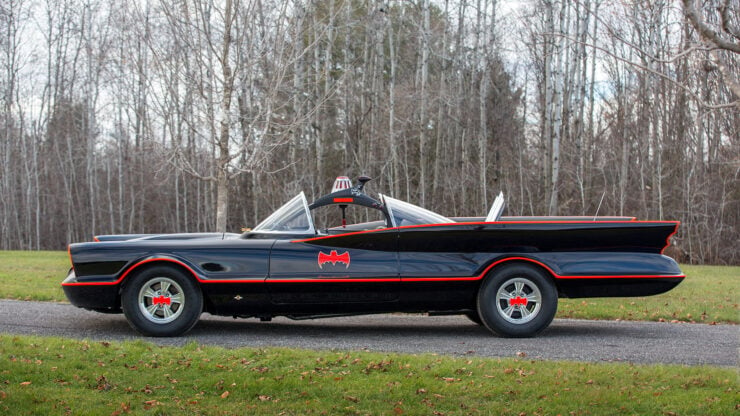
Images courtesy of Mecum
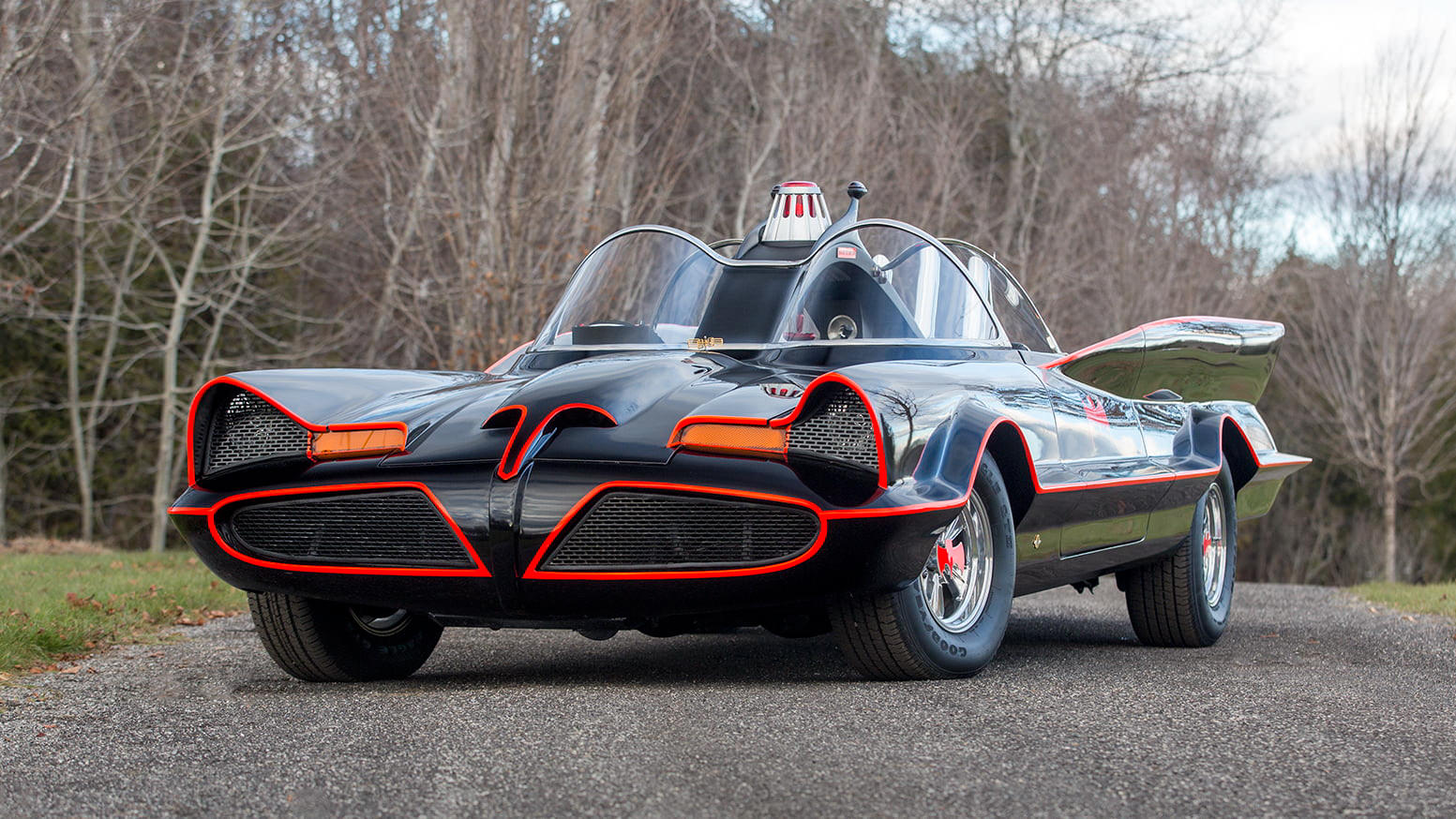
The post For Sale: A Batmobile With A Functioning Propane-Flame Jet Exhaust appeared first on Silodrome.
This California bar find is a rare first generation Toyota Hilux Pickup Truck from 1969, just the second year of the model’s production.
This truck was bought new in ’69 by a Japanese farmer who lived in California, he then used it on the farm for 20 years before buying a new 1989 Toyota Pickup and parking his old one in a shed, where it remained till it was rediscovered after he passed away.
The Toyota Hilux Pickup Truck, known more simply as just the Pickup or Truck in North America, has developed a well-earned reputation for toughness and reliability – even in the face of decades of hard use.
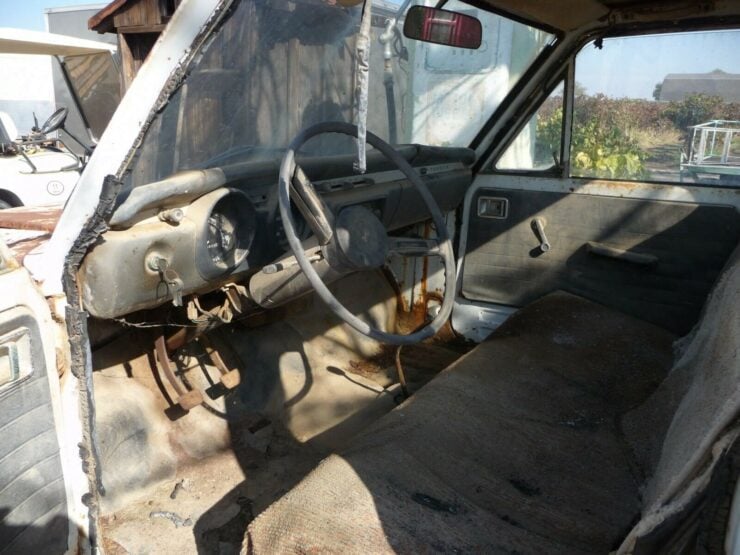
The interior of this truck is in time warp condition, it’s well-worn but all original – it even has the factory-fitted radio.
The Hiluxes we see on the road today are mostly the popular four-wheel drive versions which were produced from 1979 onwards as part of the model’s third generation. Many don’t even know that the first two generations of the Hilux were never offered with a four-wheel drive option, they were simple and relatively small pickups designed to be inexpensive to buy and operate.
When Toyota first introduced the Hilux in 1968 as the “N10” model the company’s reputation outside of Japan was vastly different to today. Japanese cars were typically seen as small, cheap, and almost disposable.
The 1960s had seen the introduction of halo sports cars that would begin to change this reputation, cars like the Toyota 2000GT, the Datsun 240Z, the Nissan Skyline GT-R, and even the unusual Mazda Cosmo its its Wankel rotary engine.
The compared to the much larger American-made pickup trucks, the small Toyota Hilux must have seemed almost like a toy, but thanks to their low cost and excellent fuel economy they quickly established a foothold at the lower end of the market.
The first Hiluxes in 1968 were powered by 1.5 liter inline-four cylinder engines producing just 76 hp. Power was sent to the rear wheels via a 4-speed manual transmission, and the truck had independent front suspension with a live axle on leaf springs in the rear.
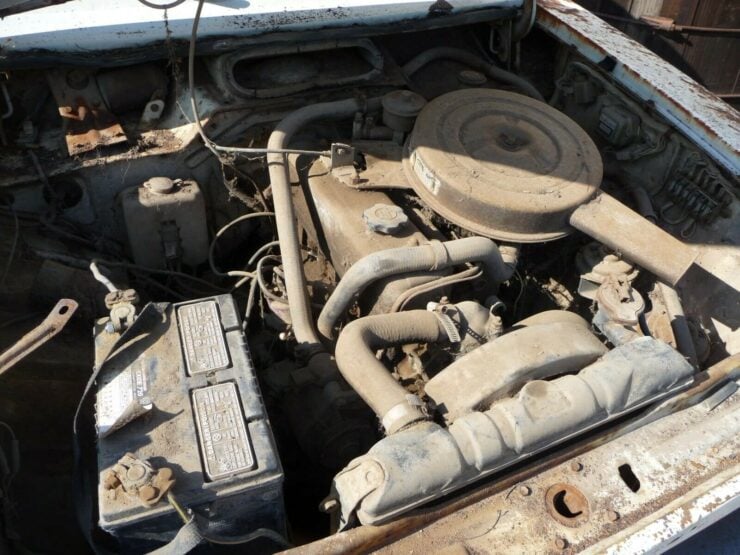
The 1.5 liter inline-four cylinder gasoline engine produces 76 hp at 5,000 rpm and 86 ft lbs of torque at 2,600 rpm, when it’s in full working order of course.
With its all-steel body-on-chassis construction the Hilux shared the same fundamental architecture as its much larger American rivals, though the Japanese truck tipped the scales at just 2,314 lbs.
It’s now relatively rare to see first and second generation Hiluxes on the road, many were scrapped or quietly rusted into oblivion. Surviving original trucks are now sought out by collectors, and they never fail to gather a crowd at shows.
The Hilux you see here is a true California barn find, it was parked up in a shed back in 1989 still in full working condition when the original owner bought himself a new Hilux to replace it.
As the years passed this truck gathered dust and was largely forgotten about, not being rediscovered until years later when its first owner had passed away. It’s now for sale on eBay out of Acampo, California and the listing explains that the engine turns over and it still has the original hub caps and radio.
The truck clearly now needs a restoration to fix the rust damage and restore it back to its former glory, if you’d like to read more about it or register to bid you can click here to visit the listing on eBay.
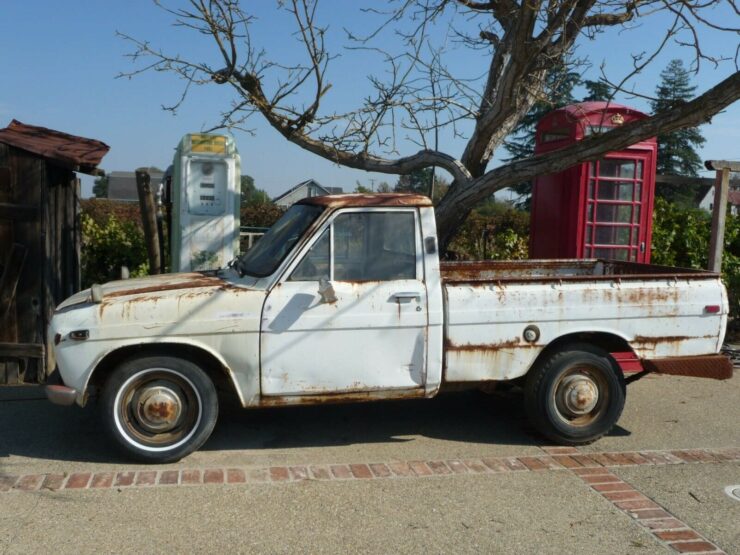
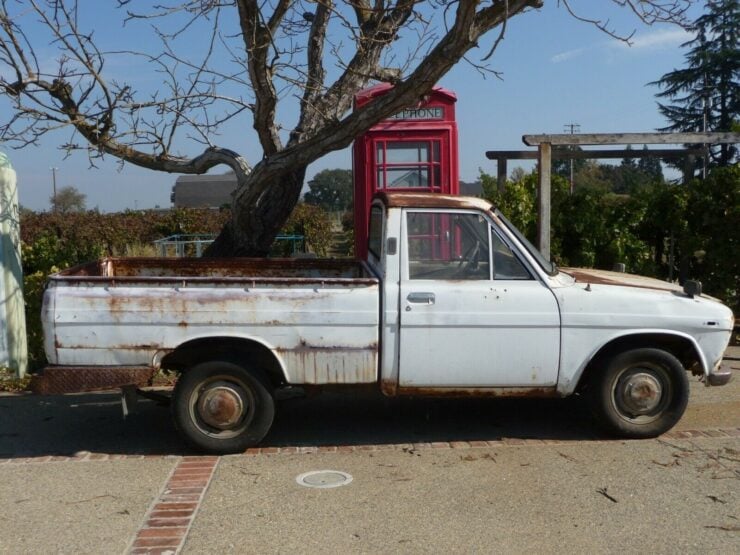
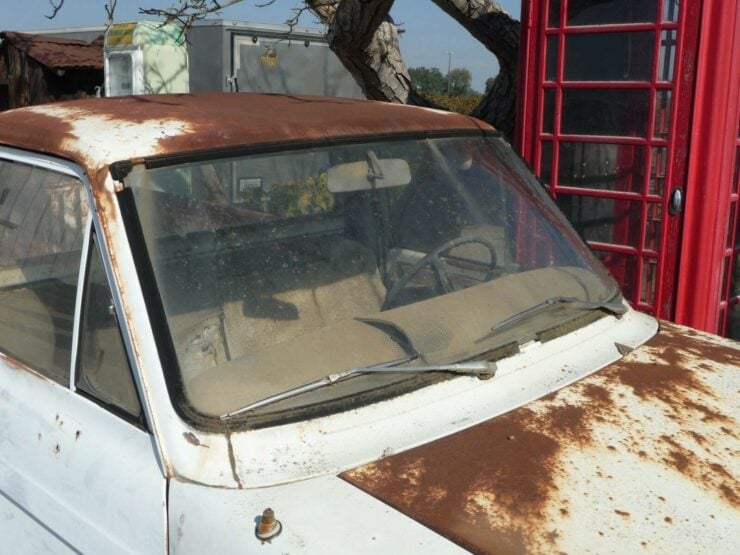
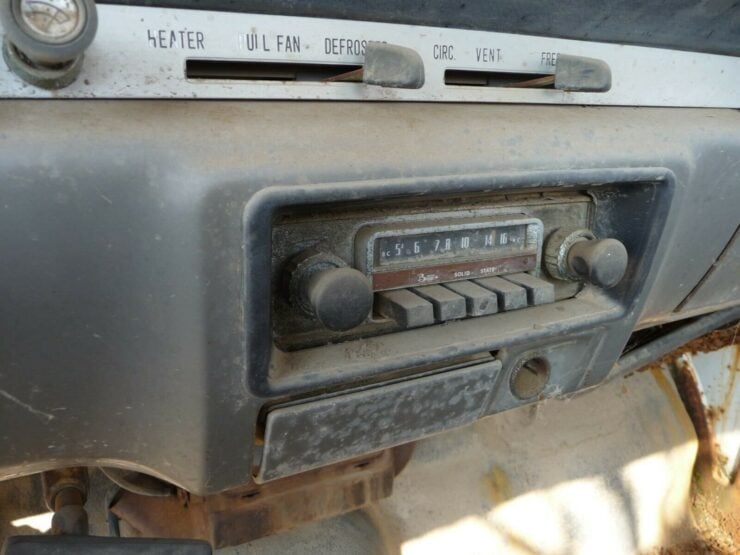
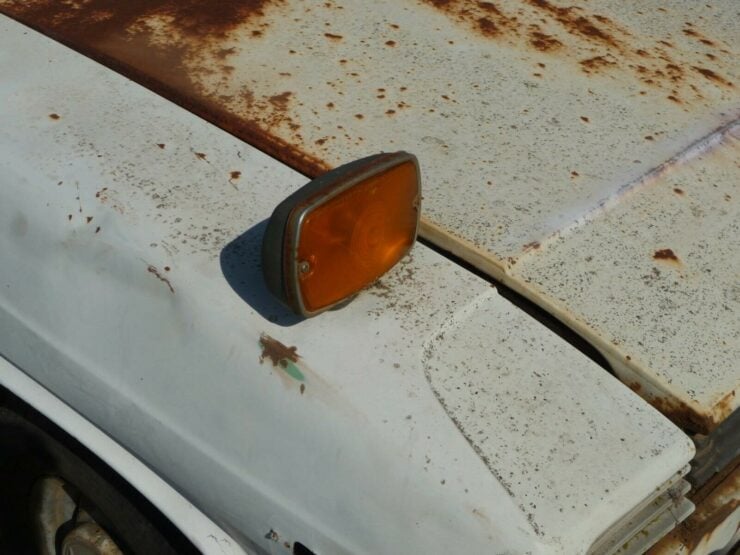
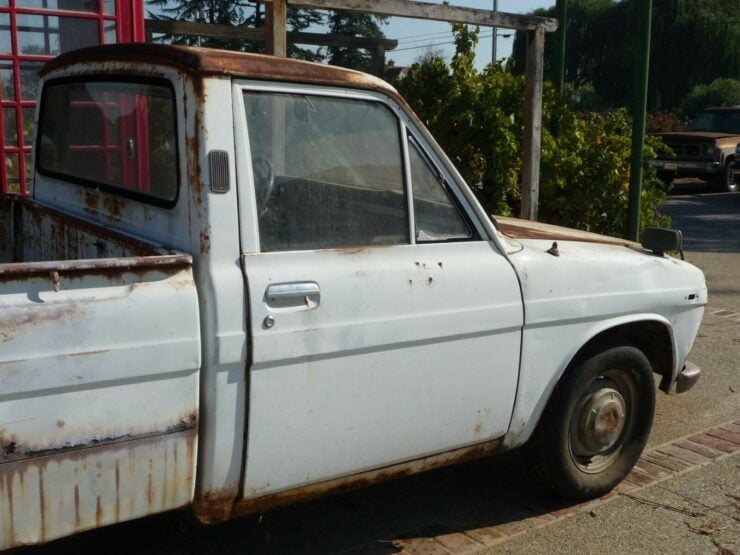
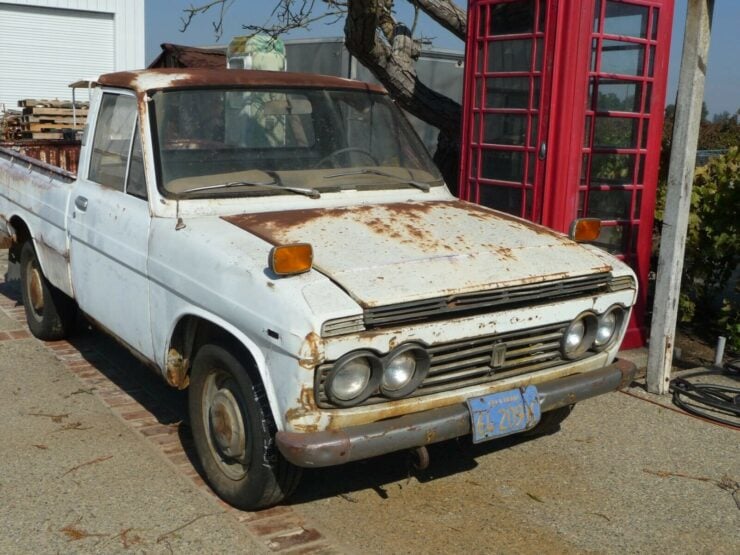
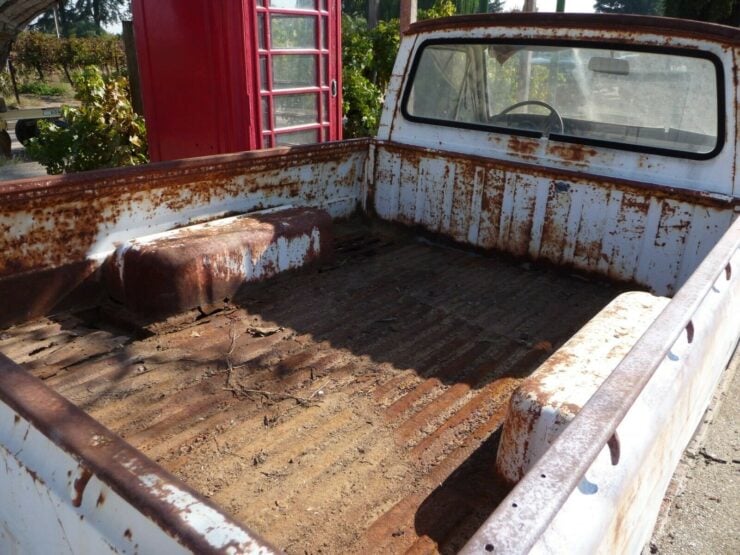
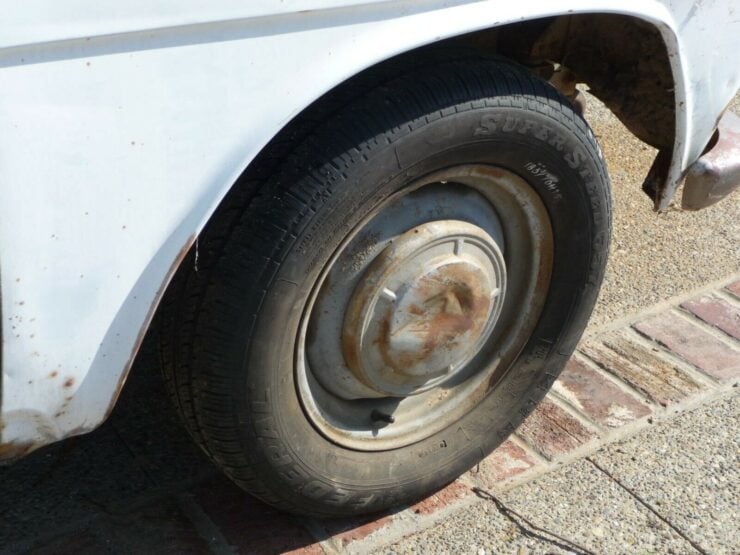
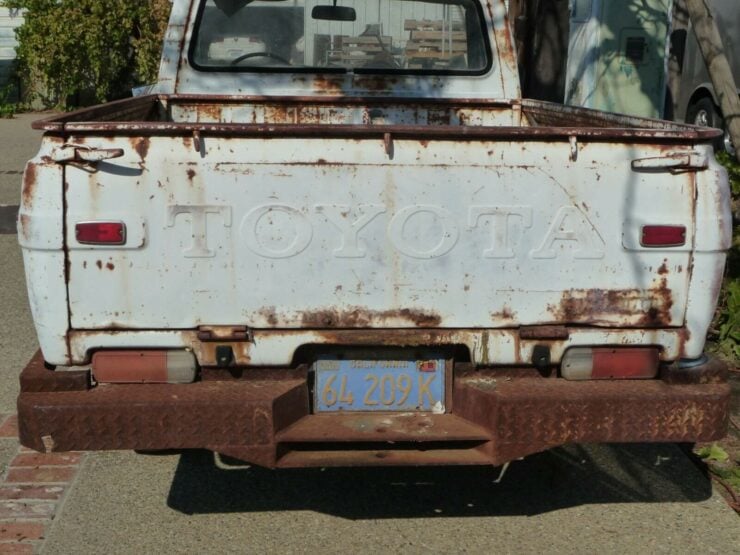
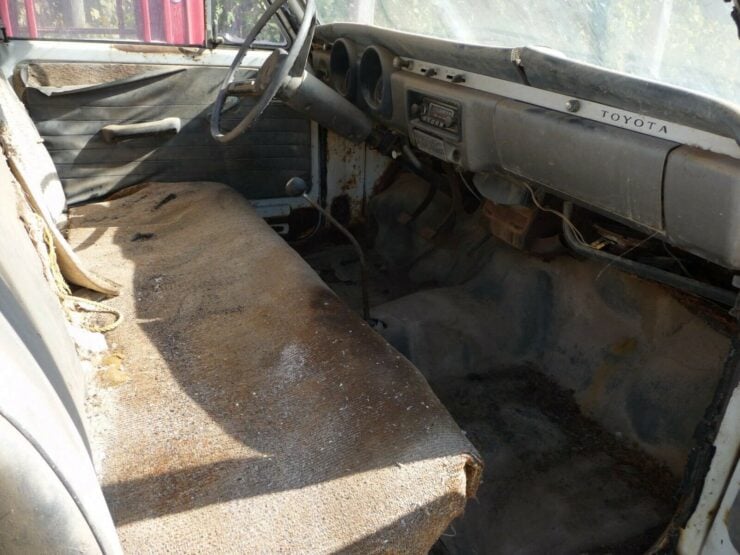
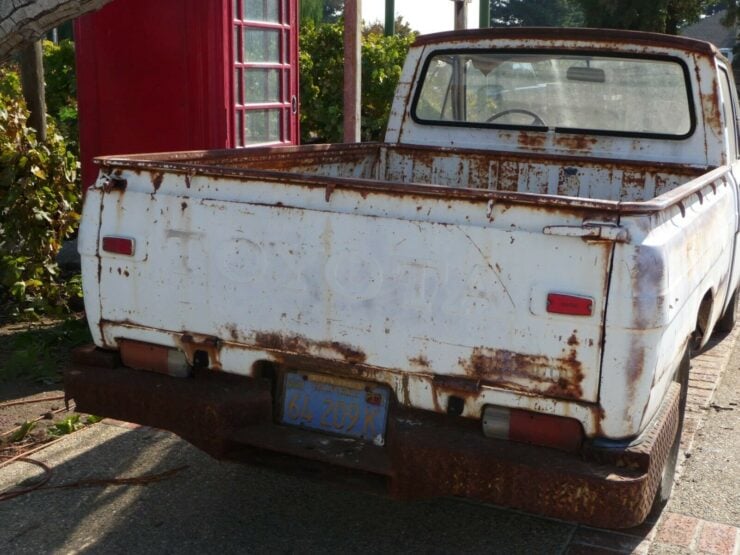
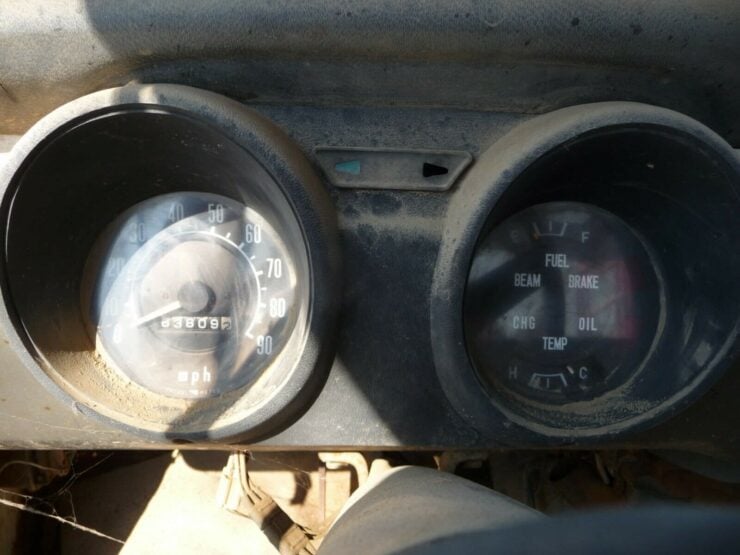
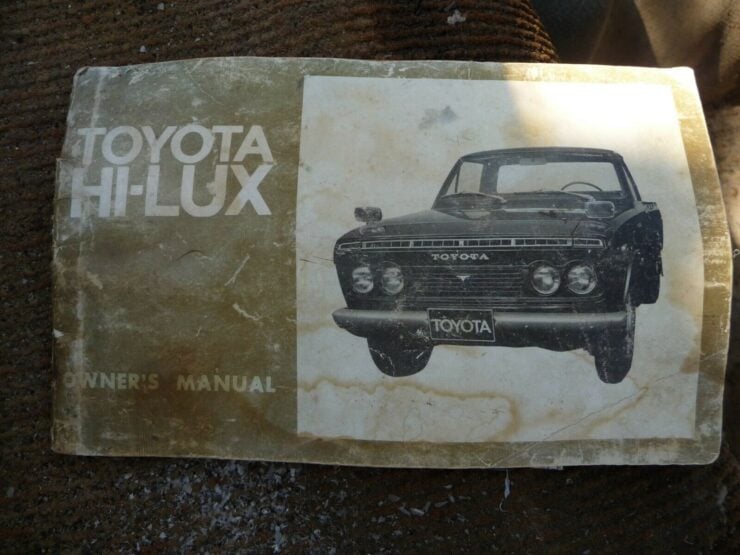
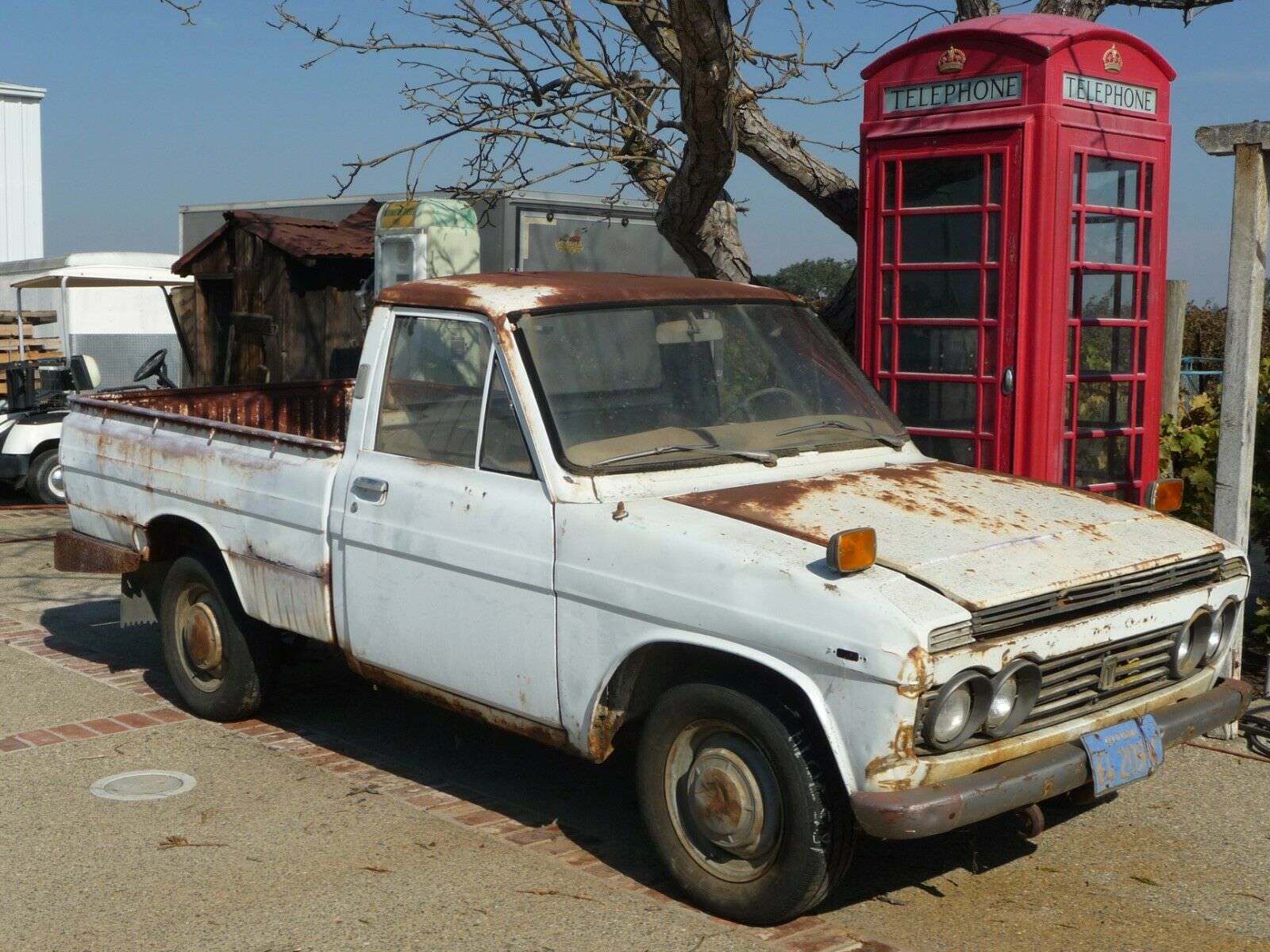
The post California Barn Find: A First Generation Toyota Hilux Pickup Truck appeared first on Silodrome.